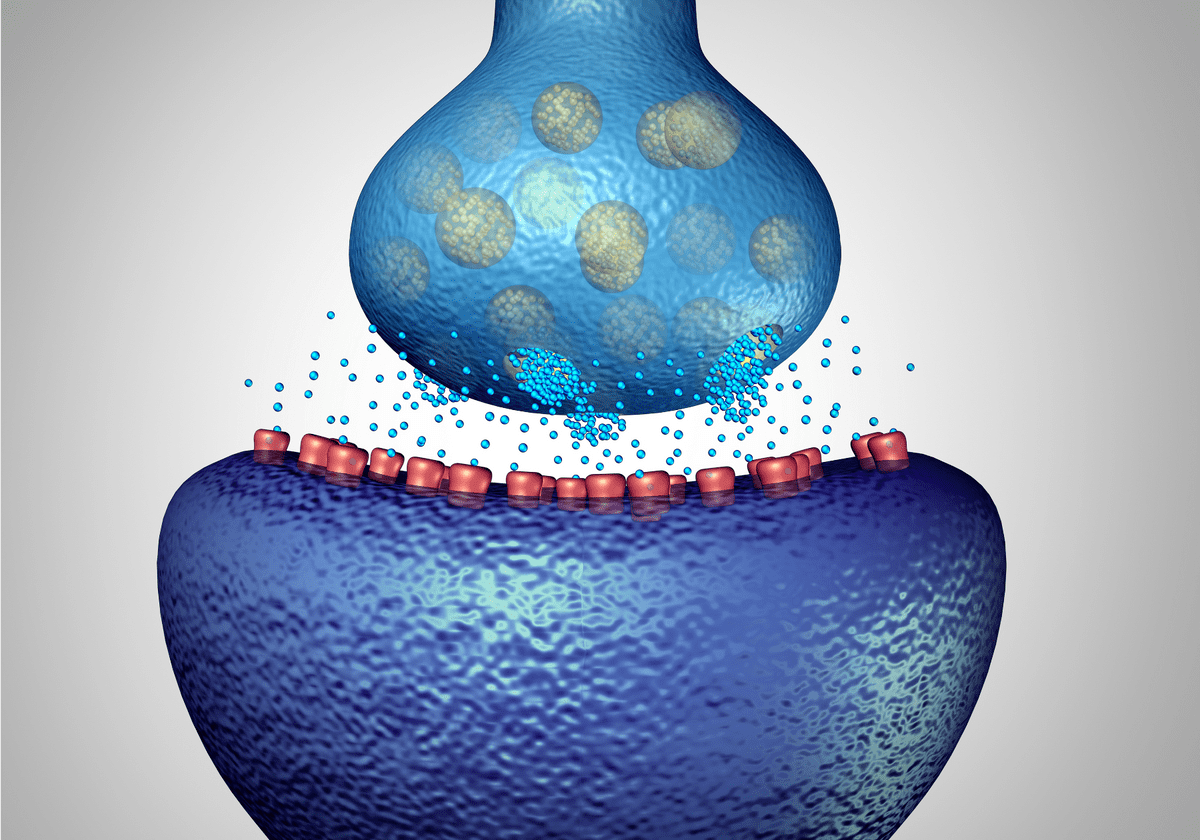Delayed discharge from the Post-Anesthesia Care Unit (PACU) can be caused by various factors, and managing it effectively is crucial for patient safety and efficient hospital operations.
Here are some common causes and management strategies for delayed discharge from the PACU: Causes of Delayed Discharge: 1. Persistent Respiratory Issues: If a patient is experiencing respiratory complications, such as low oxygen saturation or difficulty breathing, they may require additional time in the PACU. 2. Hemodynamic Instability: Patients with unstable blood pressure, heart rate, … Read more










